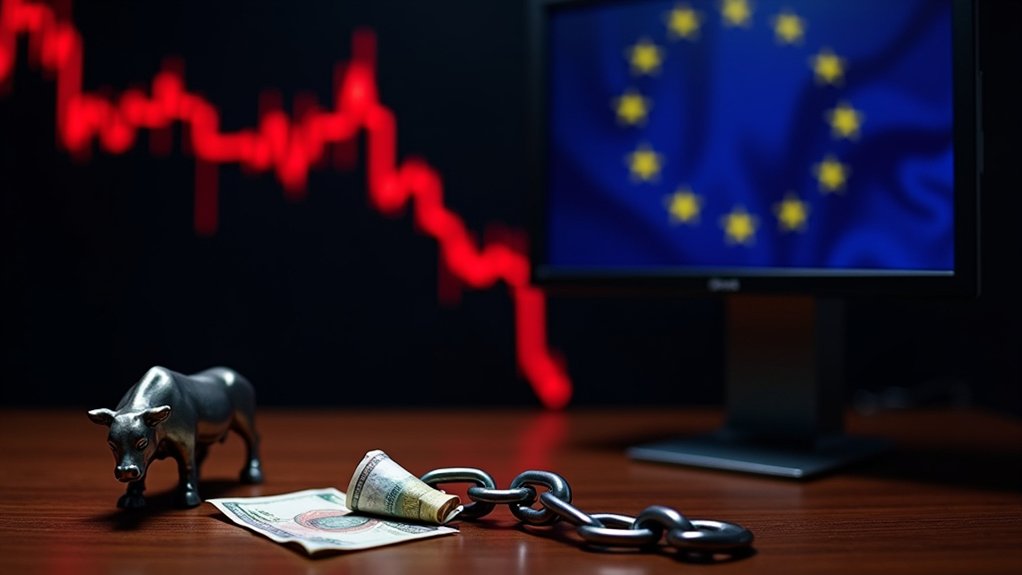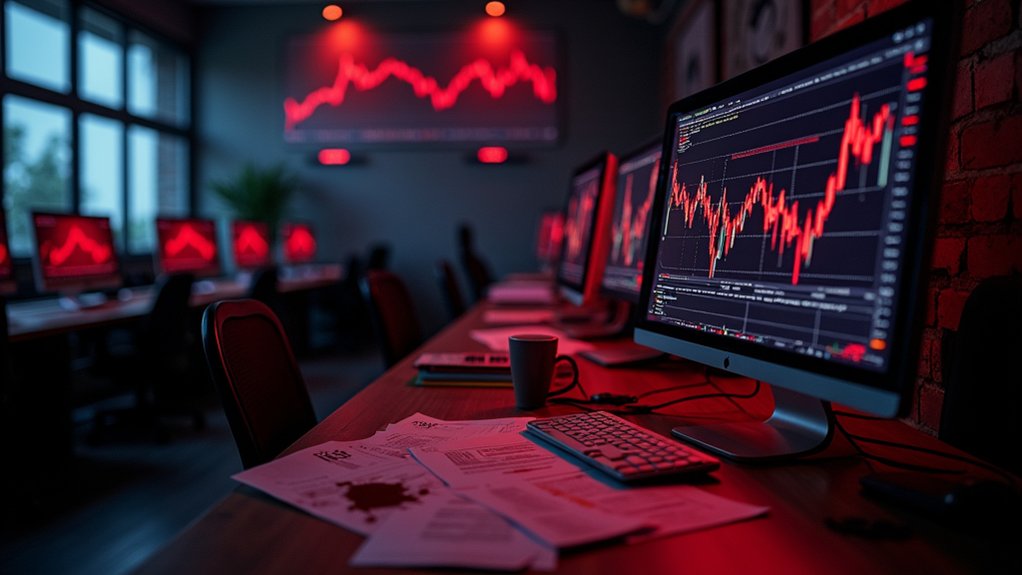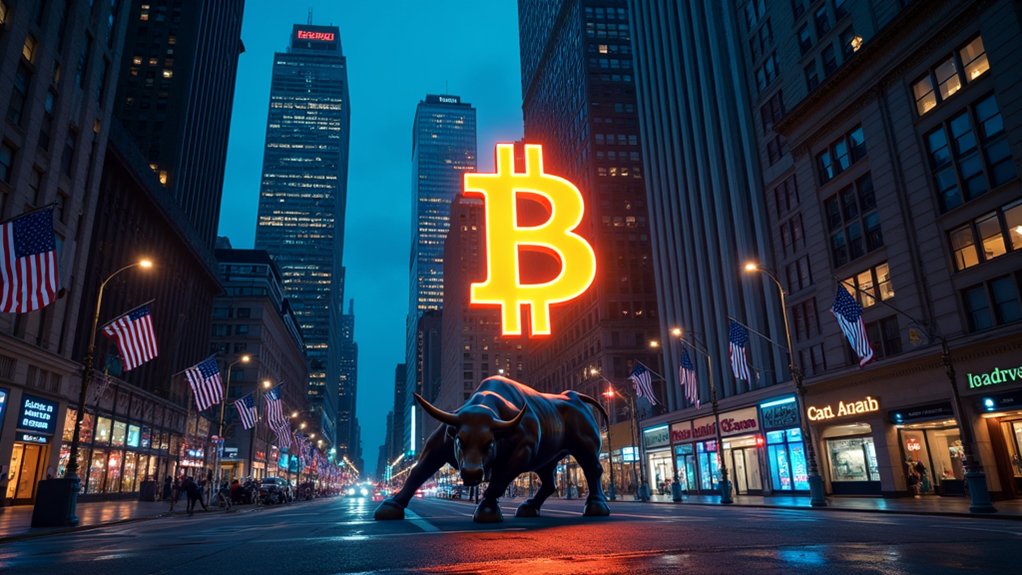Every major Bitcoin crash follows a predictable script. First, market turmoil hits. Bitcoin tanks—usually harder than traditional markets. Investors panic. The crypto obituaries start flowing.
Bitcoin’s survival recipe: Crash harder, recover stronger, leave the obituary writers looking foolish.
Then something magical happens. Bitcoin doesn’t just recover; it explodes upward. This phenomenon has a name: the “Dip Then Rip” pattern. It’s not just crypto folklore. The numbers back it up. After significant pullbacks, Bitcoin averages gains of 190% over the following year. That’s not a typo.
While Bitcoin typically falls about 30% more than the S&P 500 during market downturns, it historically comes roaring back with a vengeance. Why does this happen? Economic uncertainty temporarily amplifies Bitcoin’s perceived riskiness. Wall Street valuation models kick in, driving prices down. Liquidity dries up. The “discount factor” rises.
Bitcoin, with its relatively thin market compared to traditional assets, feels these effects acutely. Short-term pain, no doubt about it. But here’s where it gets interesting. Once markets stabilize, that same discount factor works in reverse. The invisible hand adjusts to new price targets.
Bitcoin doesn’t just recover—it rips upward, often blowing past previous highs. Major financial players are taking notice. Bitwise has set long-term price targets up to $1.1 million per Bitcoin. NYDIG suggests Bitcoin actually benefits from long-term instability. The network effects of increased adoption during recovery phases amplify Bitcoin’s value proposition as more users enter the ecosystem.
When the discount factor drops from 85% to 75%, recovery signals begin to emerge, triggering the upward momentum phase of the cycle. BlackRock’s Digital Assets head believes a potential U.S. recession could be the catalyst for Bitcoin’s next bull cycle. Recent tariff concerns have temporarily pushed prices down, creating another potential springboard for future gains. Even regulators are catching on. Senator Cynthia Lummis reintroduced her Bitcoin Act Bill, and there’s talk of creating a strategic Bitcoin reserve. Seriously.
Smart money is watching this pattern. During market chaos, Bitcoin’s temporary dips create buying opportunities for long-term investors. While short-term traders get wrecked, patient holders have historically been rewarded.
The pattern is almost laughably consistent. Market freaks out. Bitcoin crashes harder than everything else. Bitcoin recovers bigger than everything else. Rinse, repeat, profit.





